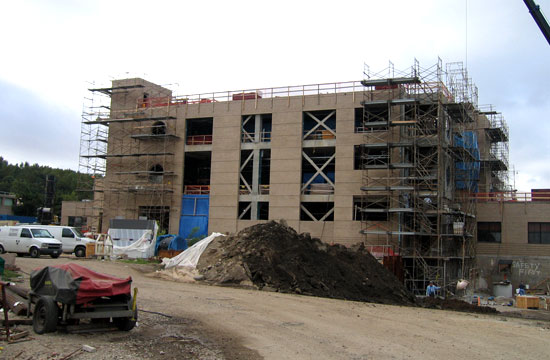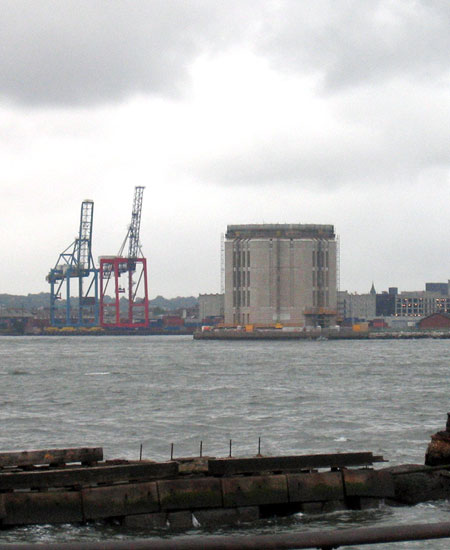
New York City’s Bowery Bay facility in Astoria, New York — just off the shore of Manhattan on Ward’s Island — is the nerve center of the New York City Department of Environmental Protection’s (DEP) wastewater treatment operations for Astoria. Constructed in the 1930s, the Bowery Bay facility processes millions of gallons of sewage each day, 365 days a year. Of the $150 million project budget, approximately $7.5 million is dedicated to new building construction, and $1.4 million is earmarked for restoration initiatives. Graciano Corporation is performing the new construction as well as the restoration. New structures include housings for two electrical substations and a froth-control building. Additions to existing buildings include a new boiler house facility and a residual handling building. All structures will feature masonry construction.
Specific tasks on this assignment include:
- Restoration and repair of existing masonry
- Installation of new masonry surfaces on newly constructed structures
- Extensive reconstruction of parapets
- Resetting of coping materials
- Replacement of several multi-story windows
- Installation of pre-cast lintels
- Matching bond patterns and colors
- Replacement of glazed tiles lining the interior of the buildings
- New construction
Project Details
Project Included
Glossary Terms
